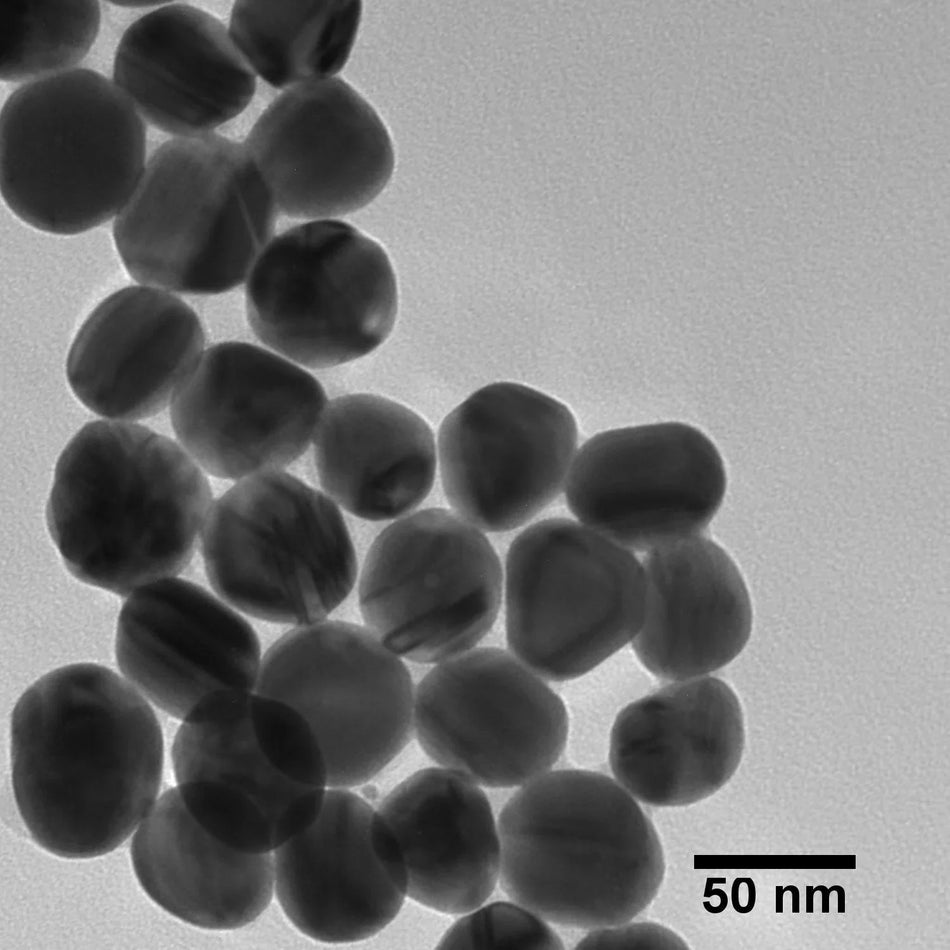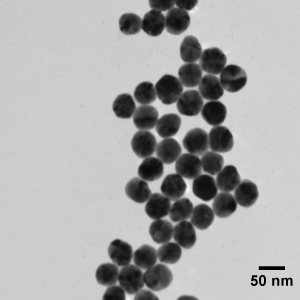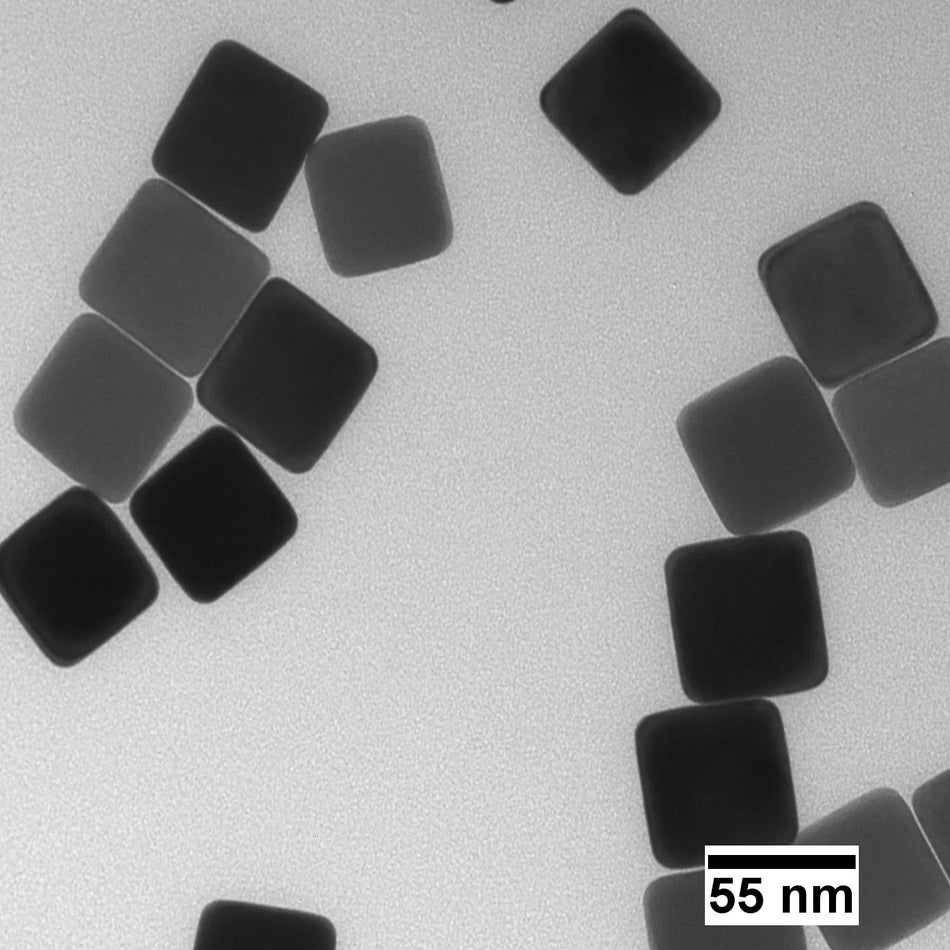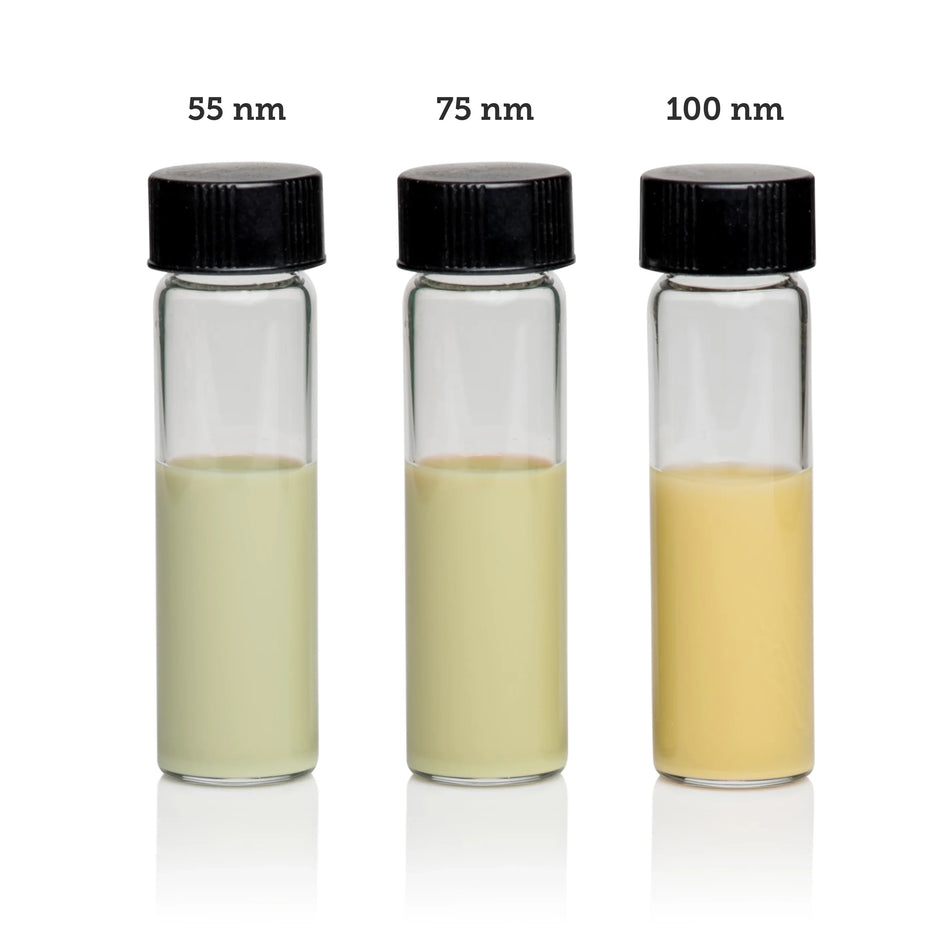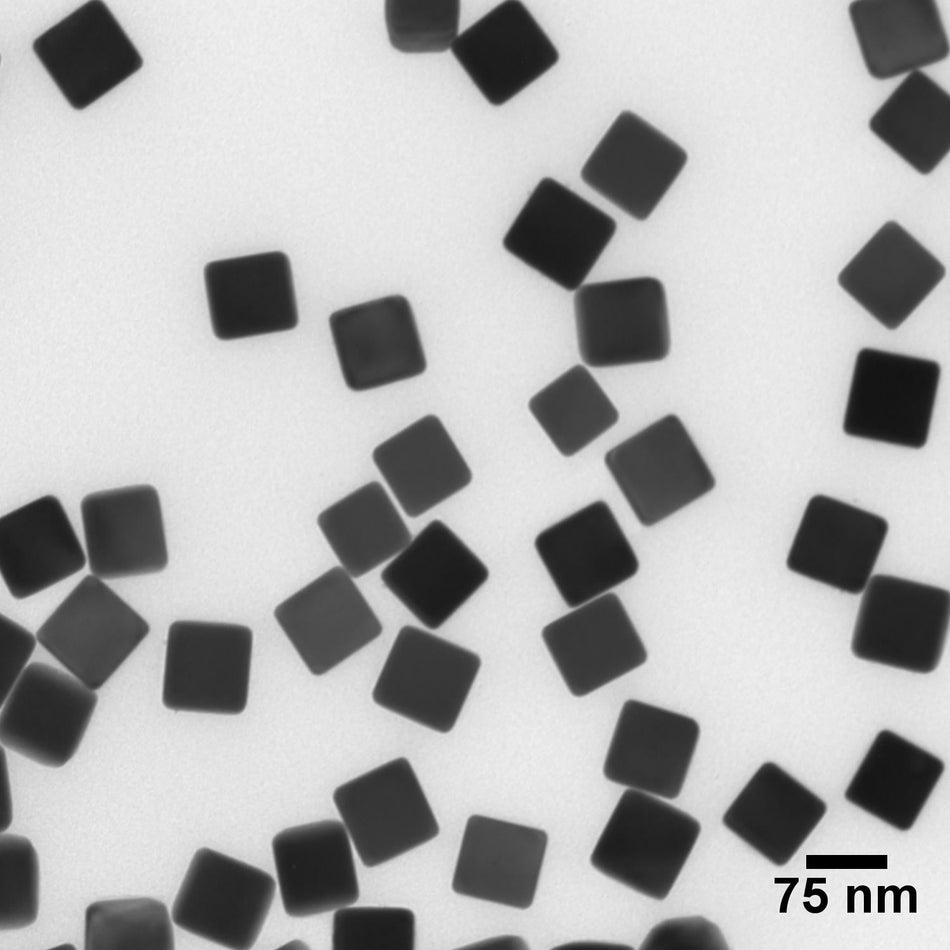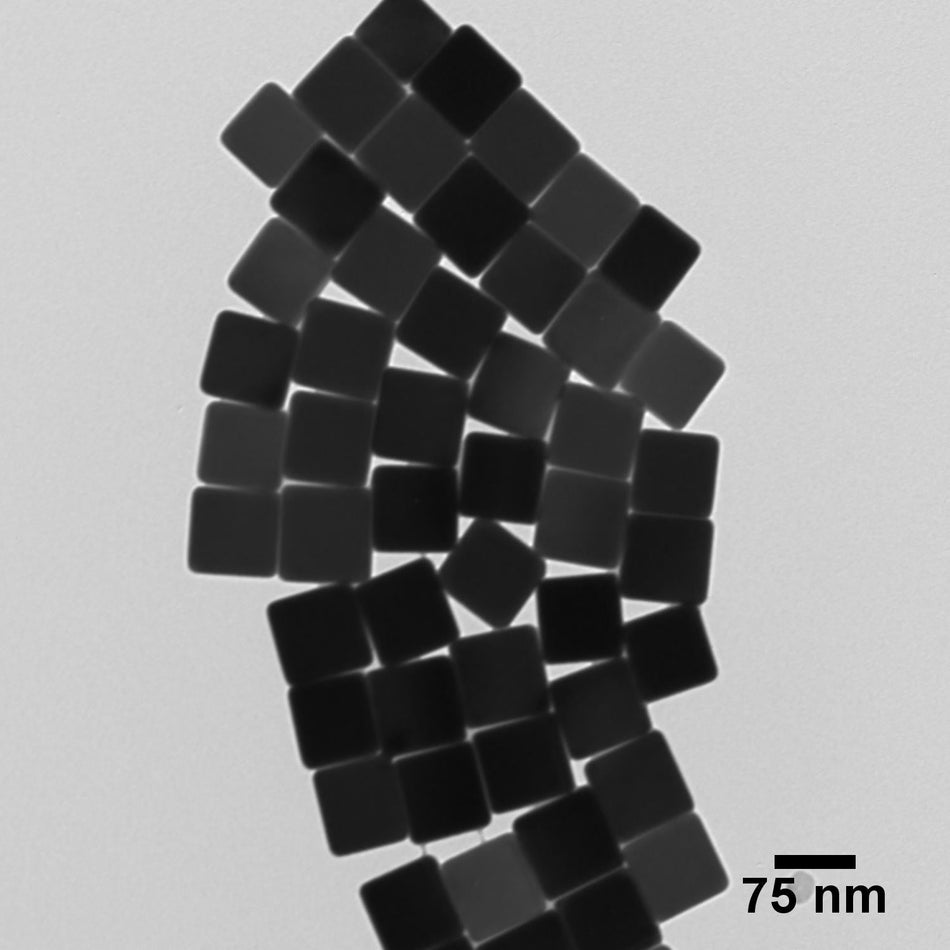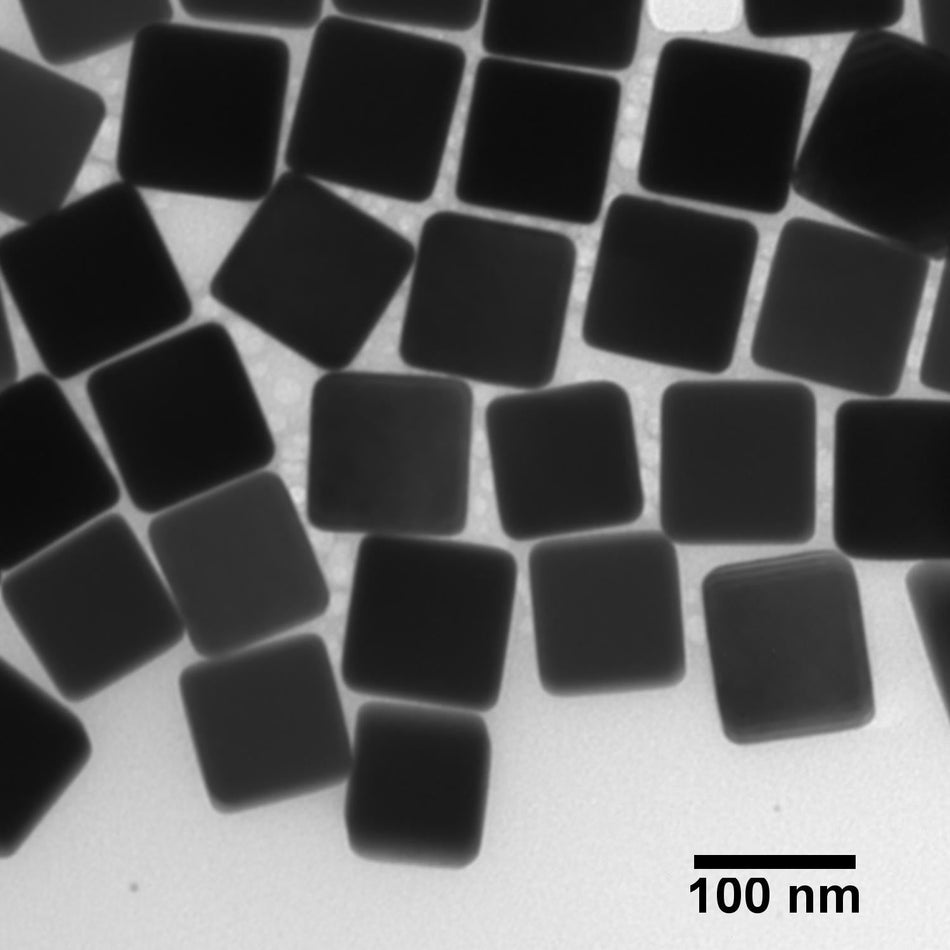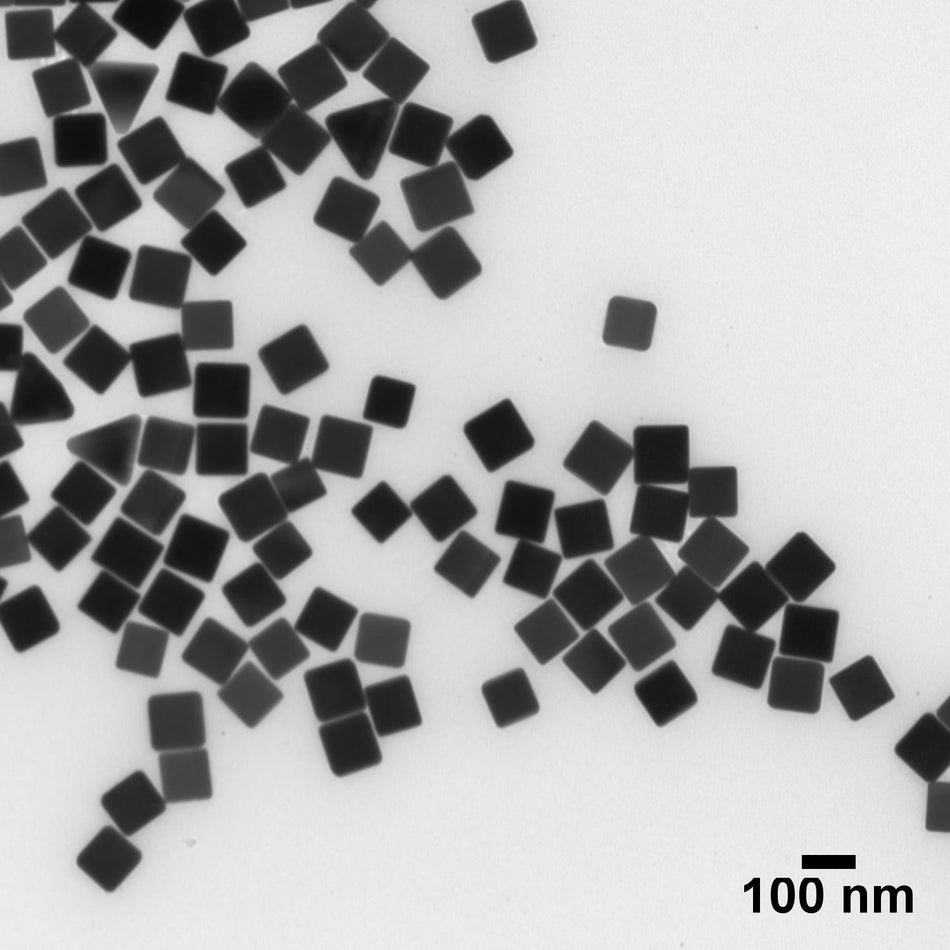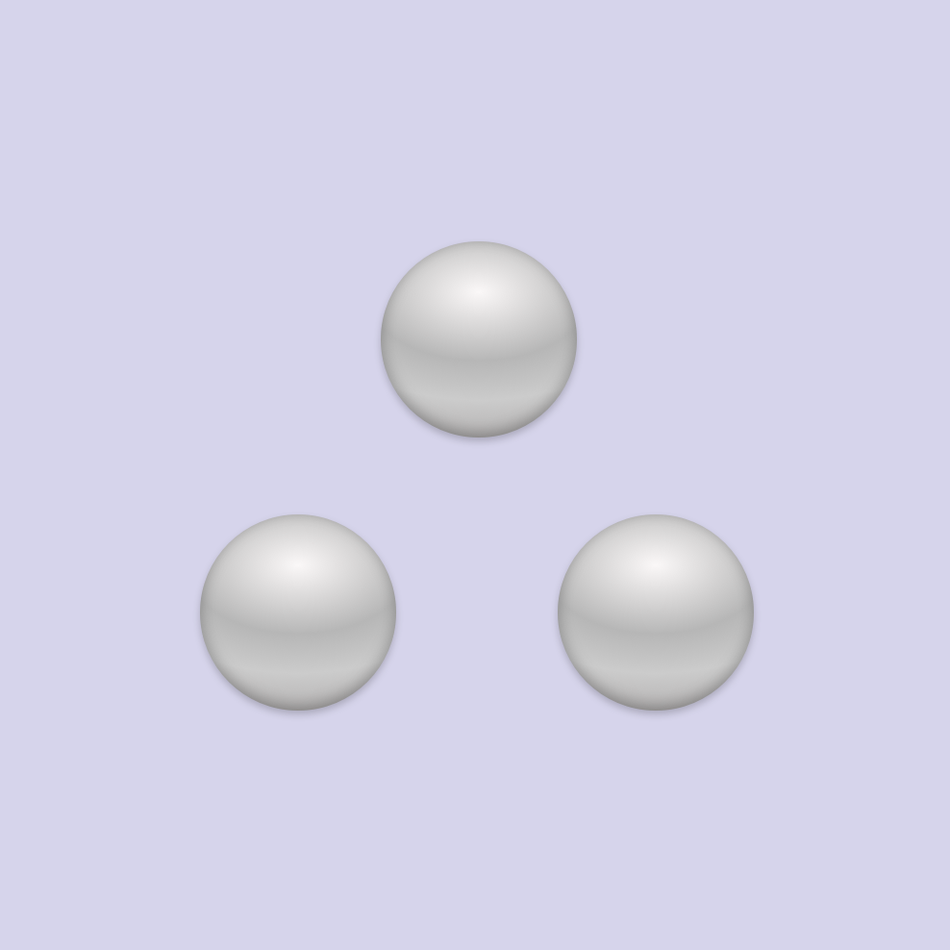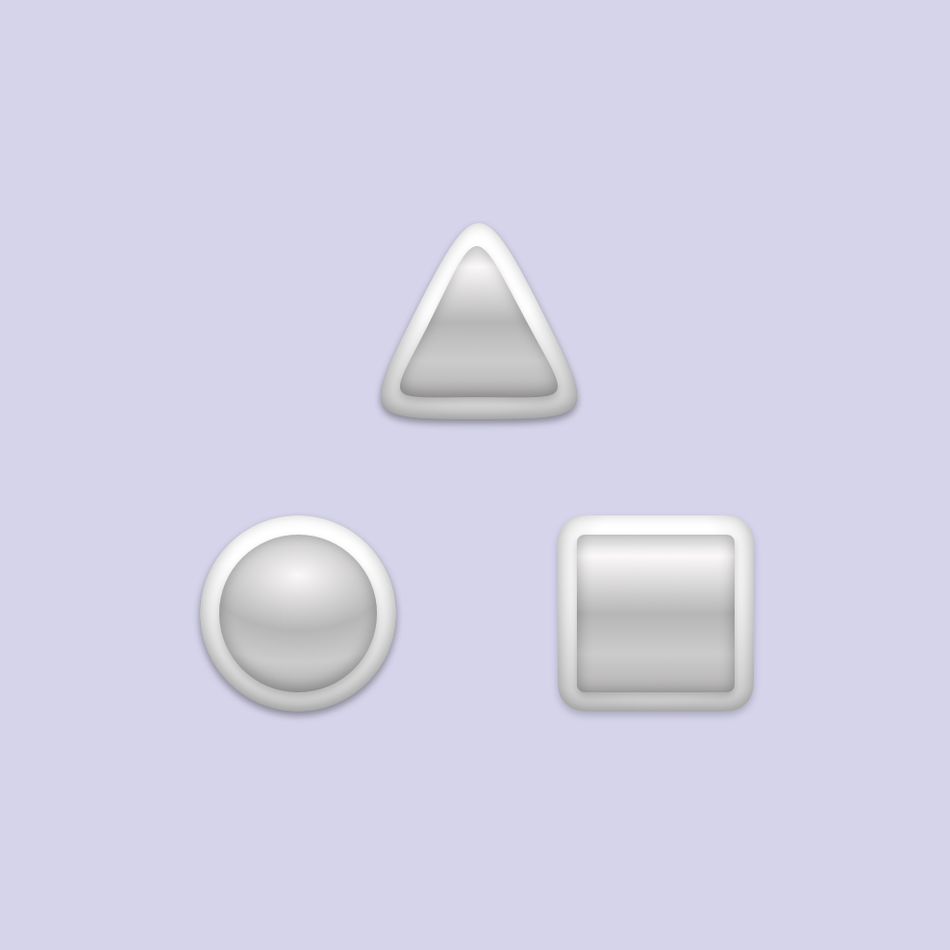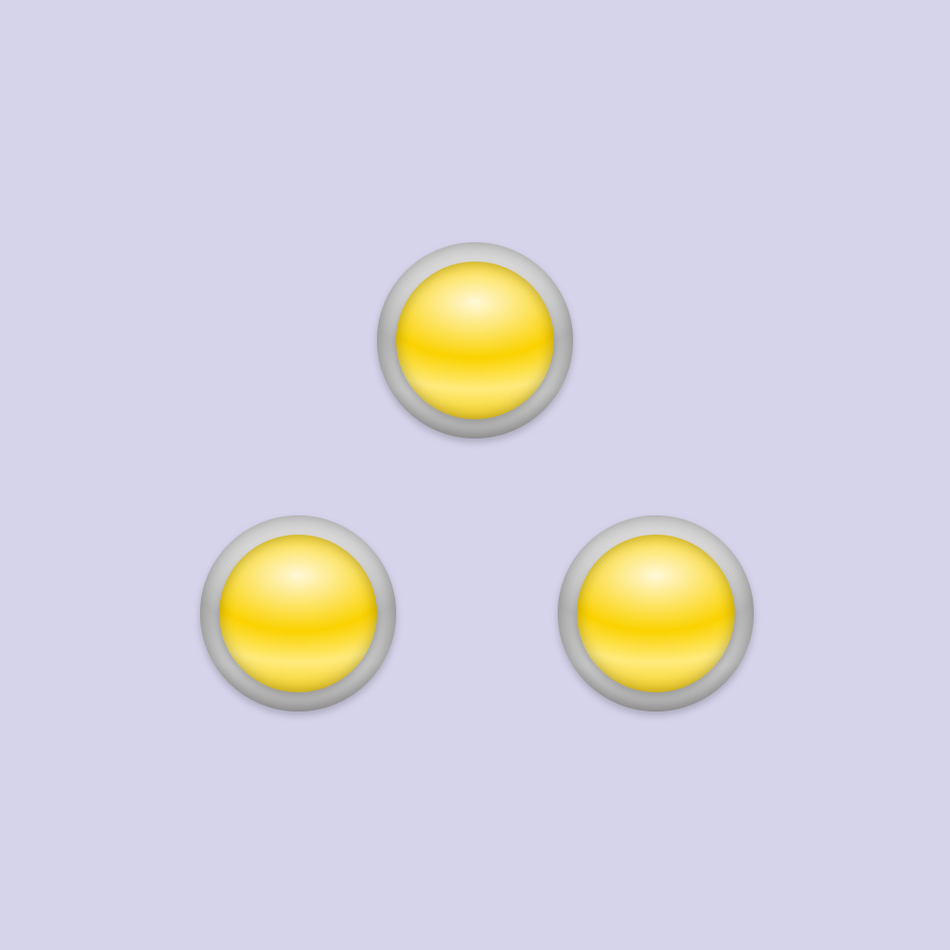13 Products
Holiday Schedule Notice:
Happy Holidays! Our offices will be closed December 24 & 25 and Jan. 1 & 2. We will not be shipping any orders between December 23–25 and December 31–January 2.
Silver nanoparticles are used in a broad range of applications, including biosensors, antimicrobial coatings, conductive composites, and photovoltaic devices. For cell culture and other sensitive biological applications, sterile-filtered, low endotoxin formulations are available at 1 mg/mL concentration. As a global leader in silver nanoparticle production, nanoComposix specializes in providing high-purity and monodisperse nanomaterials – delivering the quality you need for consistent results.
13 Products










